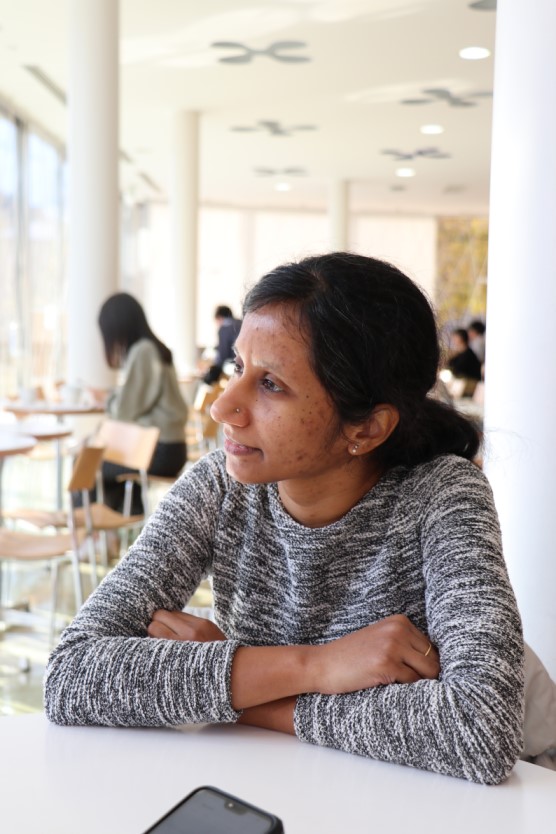Assistant Professor, Department of Neurobiology

Can you please describe your field of research?
For over 8 years of my research career including my PhD, I had worked in the field of optical coherence tomography (OCT) focusing on applications in the field of orthopedics, ophthalmology and dermatology. OCT is like an optical version of ultrasound.
However, since last year, after joining Hiroshima my main focus has been in the field of neuroscience. I am focused on developing newer optical imaging tools to help understand the structural and functional details of the animal brain. Through understanding the wirings of the neural circuitry in the animal brain, we hope to understand the workings of the human brain.
What got you into this field?
It’s a long history!
It started from my high school when I was interested in Physics. Around the time as I was looking for opportunities to join the university, a new “Center of Excellence” in Photonics had started. I got admission in that university where I did Photonics for my Bachelor’s and Master’s degrees. From that, it was a gradual progression from learning Photonics and then I got into a type of optical imaging called optical coherence tomography. Basically, I am using the same technology but venturing into different applications, from orthopedics for my Ph.D. in the U.K. then ophthalmology and dermatology at University of Tsukuba in Japan. At Hiroshima, I decided to utilize my optical imaging know-how to develop imaging tools to look into animal brains.

What achievement you are most proud of?
Being here and having this job is a good achievement! My education and research has taken me to different places; I grew up in India and was in the U.K and then chose to live in Japan, so I’ve had a mixture of a lot of things. My ways of living have changed with each place, every culture has good points and bad points! This whole experience so far is wonderful.
Can you describe some challenges of your work?
After many years of working in the optical imaging research, an year ago I decided to focus my attention towards Neuroscience. This was the most challenging aspect that I had to deal with recently.
Basically, I have to learn a lot of things from histology to human anatomy; from working with animals to various other technical details and it has to be done at a fast pace because I am in the professional environment. I often kind of feel like I’m a student!
The second challenge is about working with interdisciplinary fields. As a researcher from engineering and technical background working with clinicians and biologists comes with its own challenges.
What motivates you in your research?
I do have goals to work towards, but I tend to be a bit more “go with the flow” with things. Like I said neuroscience is a really new field for me. What I really like about brain research is that there is always new things to you learn about about what research I can do and what others are doing in the research field. I tend to attend annual meetings every year. I meet the same people at these conferences so that is kind of motivation – a community that talks about new ideas and progress each year; often same place with the same people which gives some continuity. I think it's group dynamics which is the real motivating factor I'd say.
Overall, I like to be in the academic environment and I simply love my research job!

Anything exciting coming up in your research?
We built an optical imaging set-up using light source that is an unconventional choice. It seems to work better than I expected which is exciting!
There are not many “Eureka!” moments in the job, you have to repeat the same experiment many times, tweak smaller things, have patience. Neuroscience is an exciting field to work in as it requires a broad range of techniques ranging from biology, chemistry, electronics as well as optics. For example, one day I’m working on animals, the next day I’m building the optical equipment and then I am writing software programs or doing electronics. This mix of things keeps doing research exciting.
What makes a great work environment?
Openness. So that you can talk about anything freely. In my current environment, I am happy about that. I simply enjoy normal communication, normal chit-chat where people can talk about things including work and life. People here are nice and warm.
What do you like to do when you're not working?
I am still settling in Hiroshima. In Tsukuba I used to organize hikes, cycling and I am part of a community rice farm! I still go back up to help with the farm sometimes.
Now, I like cycling and visiting the museums. There are a lot of great museums in and around Hiroshima city. I like cycling by the river here.

Originally written by Emma Buchet (Hiroshima University Science Communication Fellow)
Interview date: December 4, 2019

 Home
Home